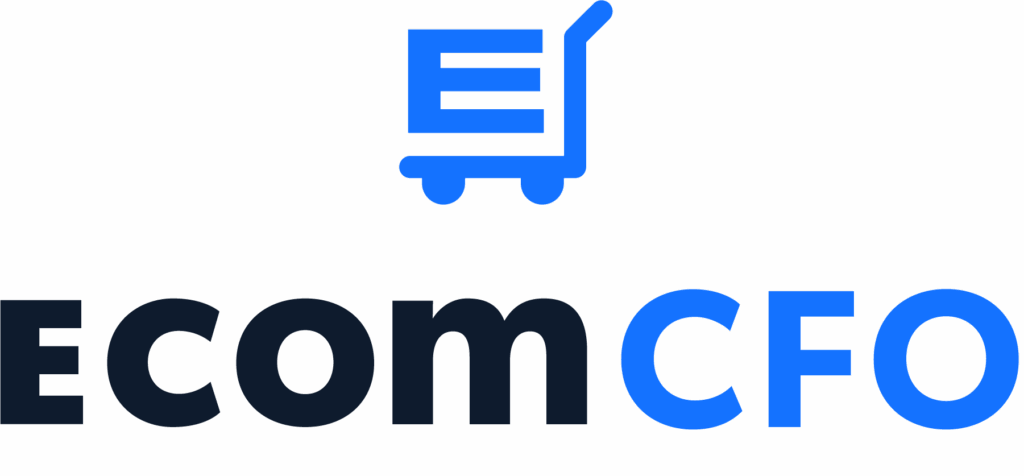How Fast Can You Afford to Grow?
Emotionally, who knows. But mathematically, we’ve built a simple model based on the HBR article referenced in Scaling Up to help guide you.
The key finding is the amount of working capital required for the current level of scale and subsequent revenue targets.
There’s a lot of other considerations, a couple that I’ve laid out on the right of the Worksheet Model specifically. What does this look like for subscriptions or if the business is losing money and some assumptions for improvement over time.
Right now, all the assumptions are very static. Adding current working capital and current cash balance assumptions. Duration cash is tied up in days. You’re free to change the average days. And AR average days of holding inventory gets your total OCC, which is: operating cash cycle. Your average supplier terms are subtracted out of that to get you to your total cost of sales. You also have to input your average operating expenses from there.
It’s about unit economics, cost of sales per unit, operating expenses per unit, and the profit per unit, very straightforward. And then we’ll start to do some calculations.
The amount of cash tied up per sales dollar is obviously really important to compute. And then the cash generated for each sales dollar is down here.
Now this is where everything gets pretty complicated. So you could have made an assumption to where you could put in your current monthly revenue. That will give you according to what your cash cycle is, your revenue per operating cash cycle. That’s just extrapolated out to the year.
So you get your current revenue per year. I think road 26 is probably one of the most important assumptions in this whole model is the working capital required to support the current revenue per operating cash cycle.
Under these assumptions, if I’m doing 2.1 million per operating cash cycle, I need $783,000 of working capital or financing cash in the bank.
However you want to look at it in order to support that revenue. Now, this section here is directly from the art, the math directly from the article.
This is my operating cash cycle growth rate. So how fast can I grow for any one cash cycle? How many cash cycles are in a year based on my assumptions.
This is like the magic number that the article eventually gets to. That is the maximum growth that I can achieve in a year.
That’s 155%, and that is not compounded. I think that’s really important to note. So instead of 12 million, I can grow to almost 19 million and then I only need (because I’m investing all the profit back into the business) an additional 500 K of working capital to support 155% in growth.
So obviously that’s really good, there’s a couple assumptions down here. It’s not super important but I will walk through it.
What if I’m not going to grow by 30%? And instead I just want to grow by, let’s say $250,000.
What would that target revenue per operating cash cycle be? And then what would my working capital needs be if I just wanted to grow by this amount?
I hope this helps. I’m going to include a link to this sheet, so you can make a copy of it for your own records.
Worksheet model – Feel free to use the model for your own!
